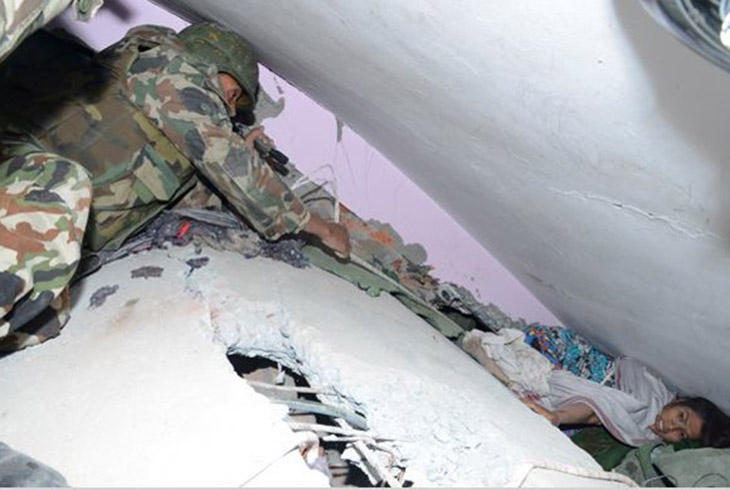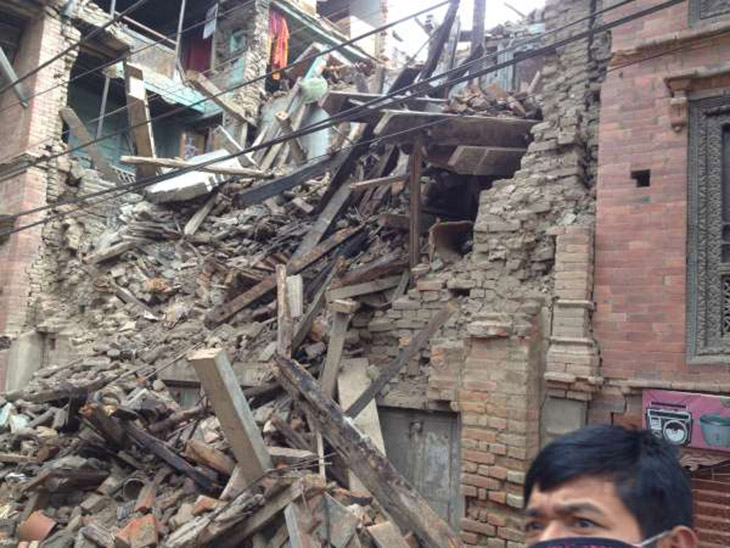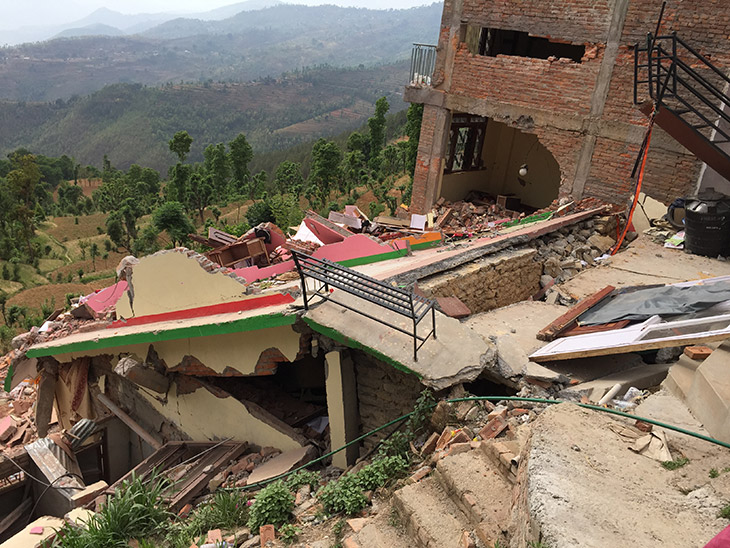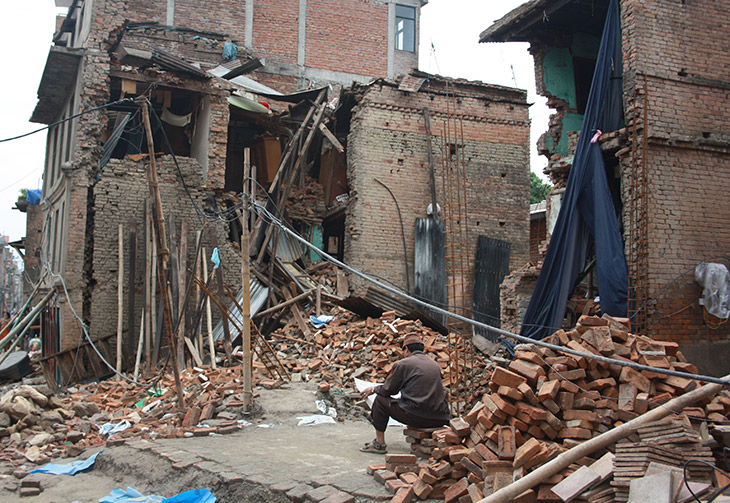Nepal earthquake 2015 - a local emergency response perspective
As the entire territory of Nepal lies in the very high seismic zone, the risk of a mega-level earthquake was always great. The main active fault between the Indian and Eurasian plates, and dozens of other fault lines across the country, have always posed a high risk of earthquakes, writes Ratindra Khatri.

Experts often warned about the possibility of an earthquake anytime in Nepal. The threat was well predicted but no one knew when. Taking lessons from the 2010 quake in Haiti, efforts were made to raise public awareness and to highlight the need to adopt risk reduction measures were highlighted time and again. However, this did not always gain the momentum that it should have had.
Initiatives on Disaster Risk Reduction were underway, but the capacity development was weak in some areas. Most people thought that the earthquake risk was mainly a problem for the old and ill-planned capital city of Kathmandu – eyes and ears were closed to the risk in the countryside.
At midday on April 25, 2015 a 7.8 magnitude earthquake smashed into central Nepal with its epicentre near the village of Barpak, in the Gorkha district about 80km west of Kathmandu valley. As the epicentre was outside Kathmandu, casualties were fewer than predicted. However, damage and destruction were greater in the countryside compared to Kathmandu.

The series of aftershocks created a chaotic environment in the city. Electricity lines were immediately cut off and telephone services faltered owing to heavy communication traffic. People were anxious to find out about their families, friends and relatives.
Gradually, information spread virally through social networks about the destruction of historical and archaeological sites, as and well as details of people being trapped in collapsed structures.
As information spread out all over the world overwhelming international support was diverted towards this tiny Himalayan country. UNDAC teams and Urban Search and Rescue workers attempted to save lives but, owing to limited access, it took some time to get to the scene. Gradually, the response operation intensified and most of the less affected people started returning to normal life.

Once again, on May 12 another earthquake of 7.3 magnitude struck the opposite side towards the east in Dolakha district. This time most of the partially damaged buildings from first earthquake collapsed, killing dozens of people in Kathmandu and many more in other severely affected areas.
This second quake pushed communities into psychological damage. People were panicked and streets emptied during daylight, yet transformed into open-air bedrooms at night, as people were too scared to sleep in their houses. The lack of adequate open space in Kathmandu meant people had trouble finding safe places to sleep. Rumours flared through different social and local media, creating an atmosphere of fear, uncertainty and panic. People feared that another large earthquake could strike Nepal again at any time.

With both the earthquakes more than 8,600 deaths have been recorded and, so far, information about the number of missing people remains unclear.
Clearing the rubble has not yet been completed as so many places are still out of reach. The rugged terrain, poor weather conditions, disruption to communications, lack of sufficient helicopters, and bureaucratic grumbles are creating backlogs of relief supplies that are supposed to reach affected people in the remote areas.
This reality indicates that the death toll is likely to increase dramatically. Recovery and reconstruction work is not so easy for 2.8 million displaced people.
The immediate challenge ahead is the possibility of massive landslides during the upcoming monsoon. The hills, mountains and many structures are already in a vulnerable condition after the recent earthquakes. Evacuation of vulnerable people to IDP camps, and the predisposition of essential supplies remain the greatest challenge.
Hence, a comprehensive master plan is essential for the short term, and also deliberate long term planning is the prime need in Nepal today.
A retired Nepal Army Colonel with 28 years' of active army service, Ratindra Khatri is currently EPR Co-ordination at the UN World Food Programme, Country Office in Nepal.
CRJ 10:4 reports on this incident in detail, with an article by Editorial Advisory Panel Member Arjun Katoch, who was deployed to Nepal after the first earthquake as part of the UNDAC team.
Free archive articles available for download
In CRJ 8:4, Ratindra Khatri, a retired General with the Nepalese Army, sounded a warning about the airport’s role should a major earthquake occur in the country.
In 2011 (CRJ 7:3) the same author wrote that a 6.9 earthquake on the Eastern Border of Nepal highlighted several issues with regard to response – many of which are echoed in this latest quake. He listed the difficulties of accessing remote communities in rugged terrain, poor infrastructure to support relief operations and warns of potential damage to Kathmandu, saying that greater emphasis on preparedness was required.
Ratindra Khatri, 24/05/2015